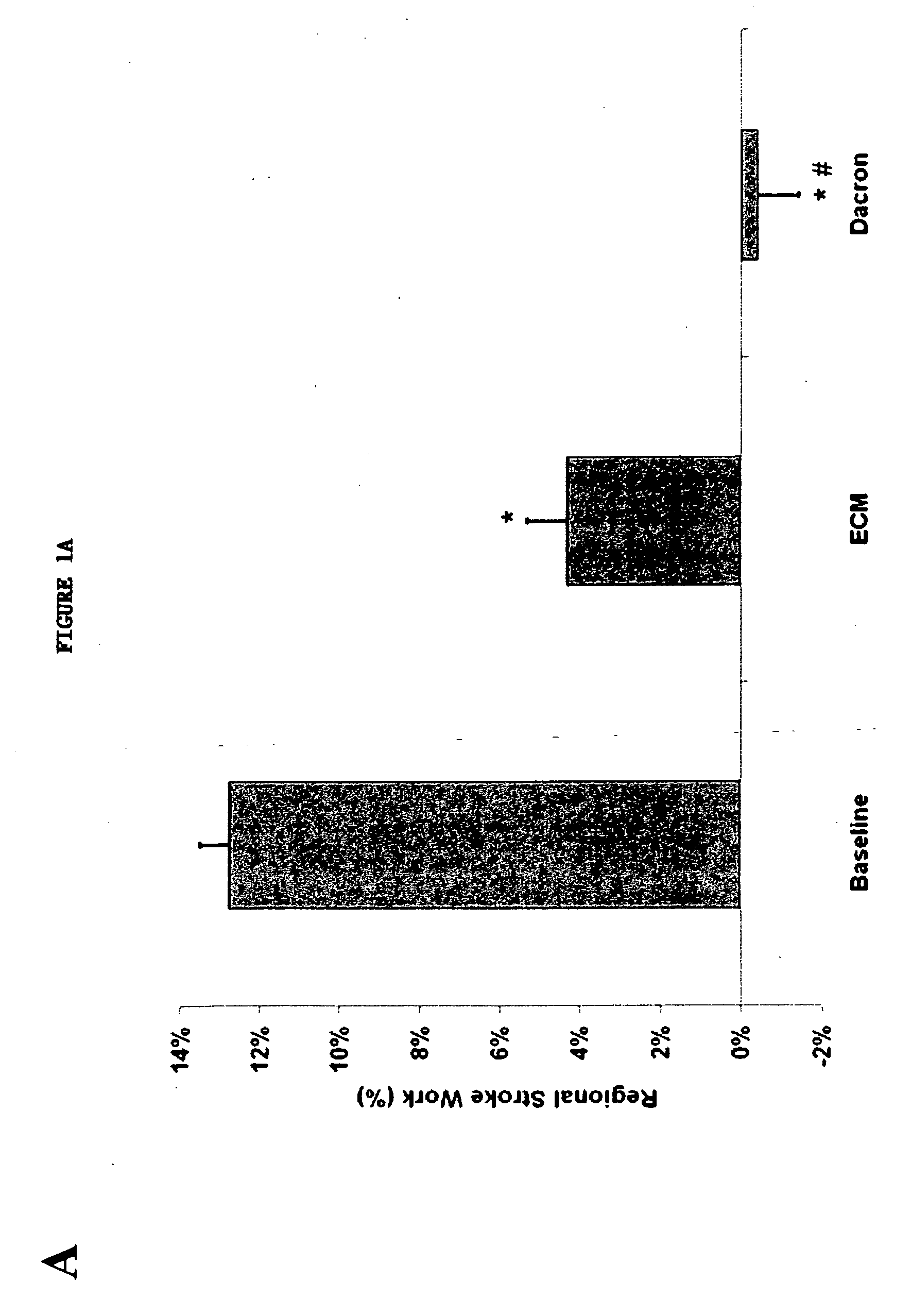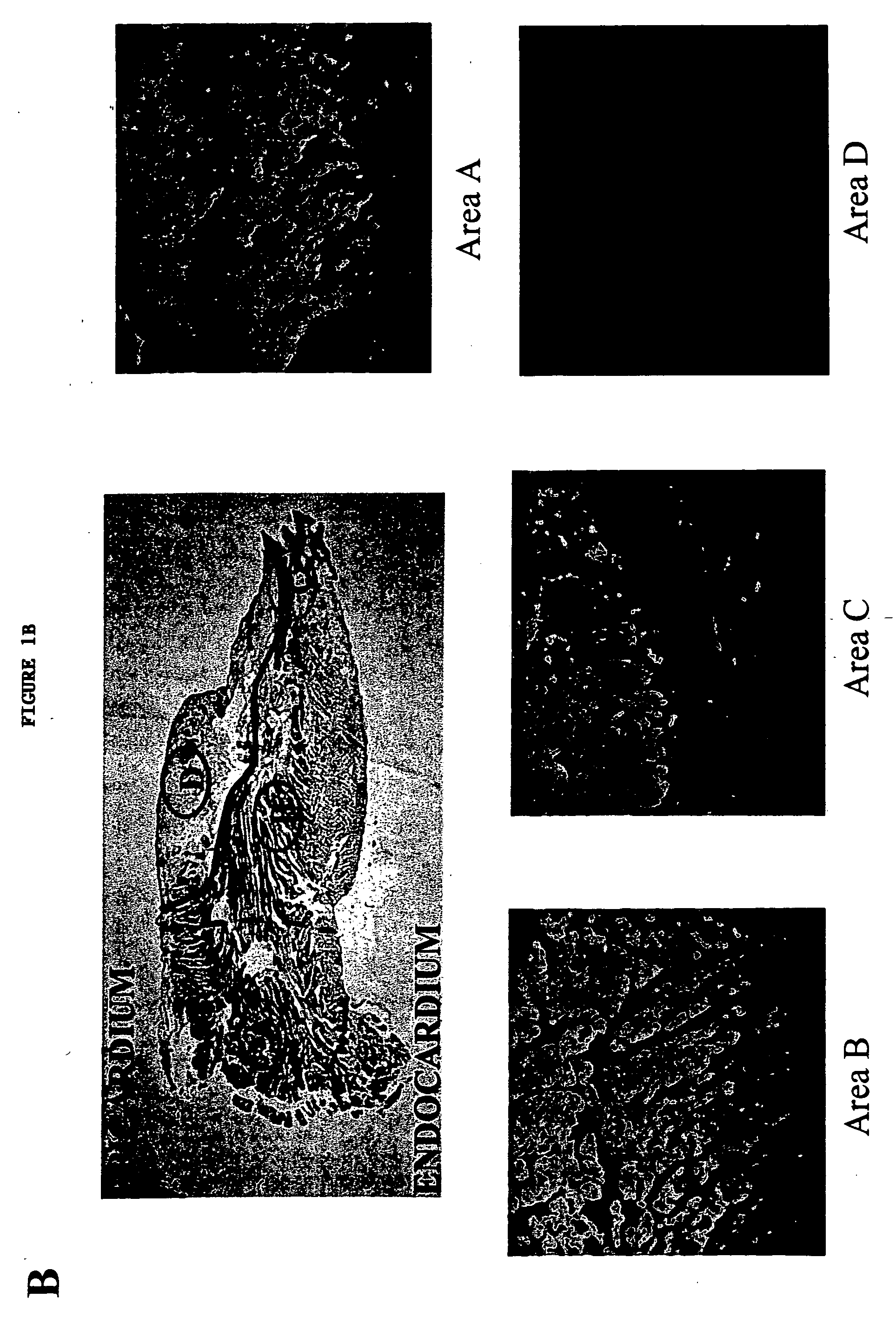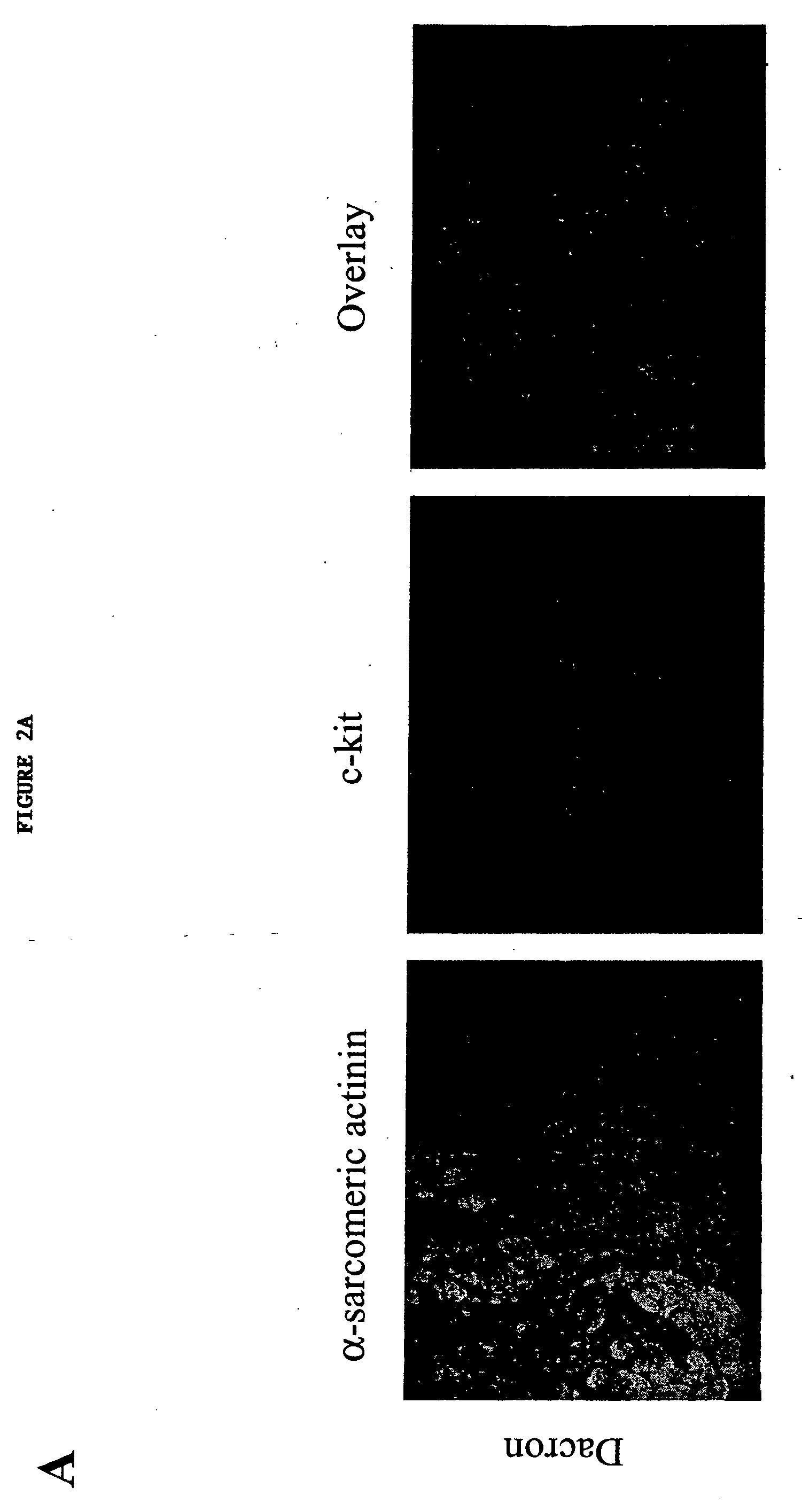Use of human stem cells and/or factors they produce to promote adult mammalian cardiac repair through cardiomyocyte cell division
- Summary
- Abstract
- Description
- Claims
- Application Information
AI Technical Summary
Benefits of technology
Problems solved by technology
Method used
Image
Examples
Embodiment Construction
[0031] According to one aspect of the invention, a method for regenerating myocardium in a mammal is provided, comprising: delivering cells to the myocardium that induce native myocytes to enter the cell cycle.
[0032] The cells may be stem cells. The stem cells may be human stem cells. The mammal may be a human. The cells may be progenitor cells. The human stem cells may be human mesenchymal stem cells. The human stem cells may be human hematopoietic stem cells. The human stem cells may be human endothelial stem cells. The human stem cells may be human embryonic stem cells. The cells may be delivered via a scaffold. The cells may be delivered via a synthetic scaffold. The cells may be delivered via a biological scaffold. The cells may be delivered via an extracellular matrix scaffold. The cells may be delivered via an injection into the blood stream. The cells may be delivered via an injection into a coronary artery. The cells may be delivered via an injection into a coronary vein. ...
PUM
 Login to View More
Login to View More Abstract
Description
Claims
Application Information
 Login to View More
Login to View More - R&D
- Intellectual Property
- Life Sciences
- Materials
- Tech Scout
- Unparalleled Data Quality
- Higher Quality Content
- 60% Fewer Hallucinations
Browse by: Latest US Patents, China's latest patents, Technical Efficacy Thesaurus, Application Domain, Technology Topic, Popular Technical Reports.
© 2025 PatSnap. All rights reserved.Legal|Privacy policy|Modern Slavery Act Transparency Statement|Sitemap|About US| Contact US: help@patsnap.com



